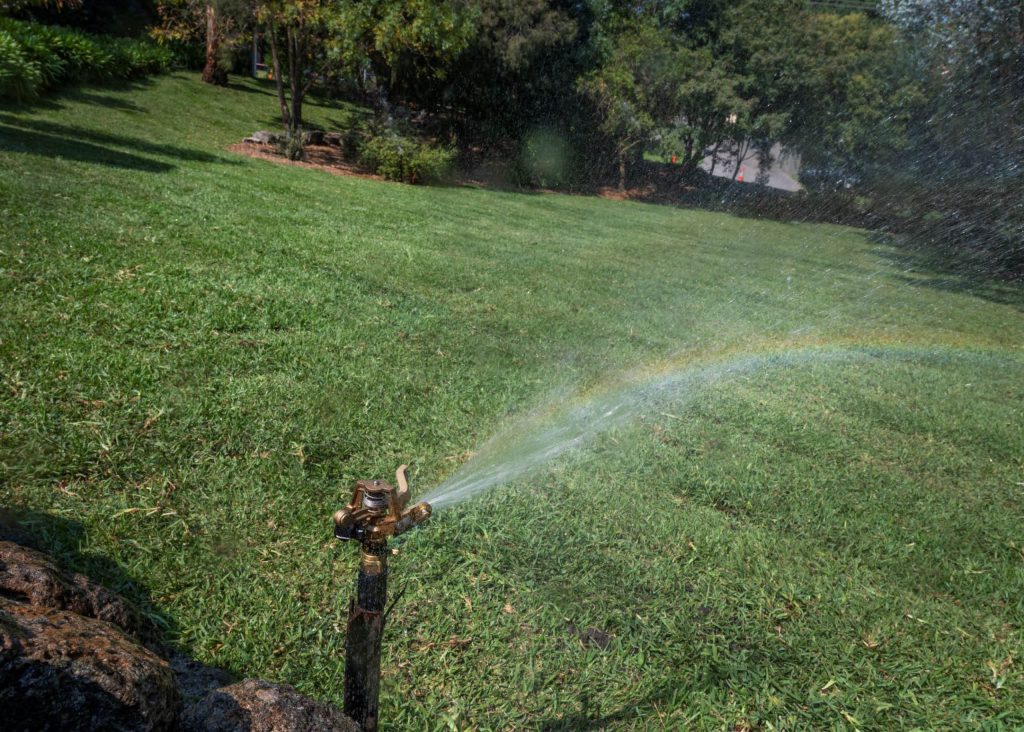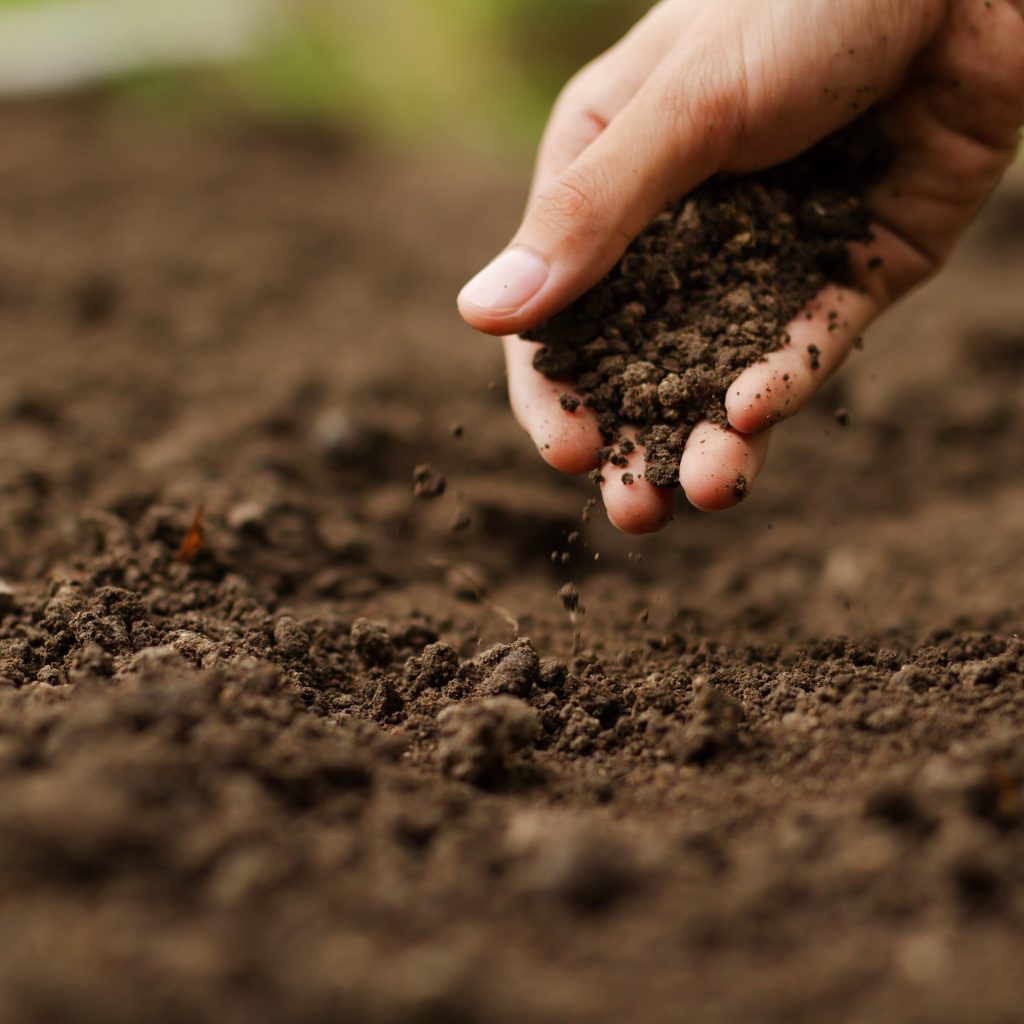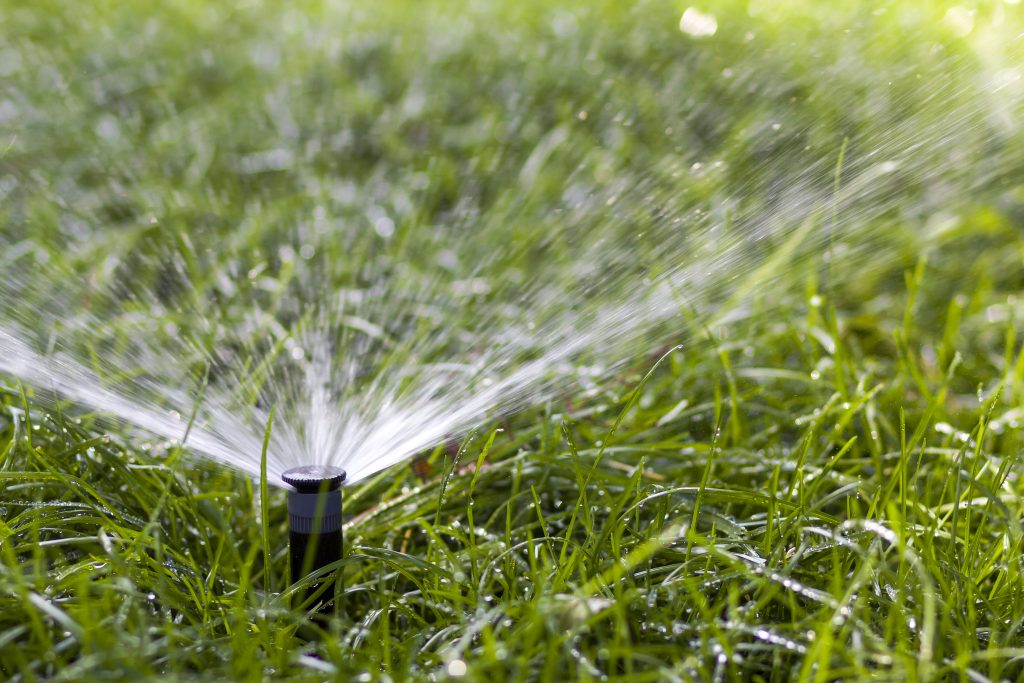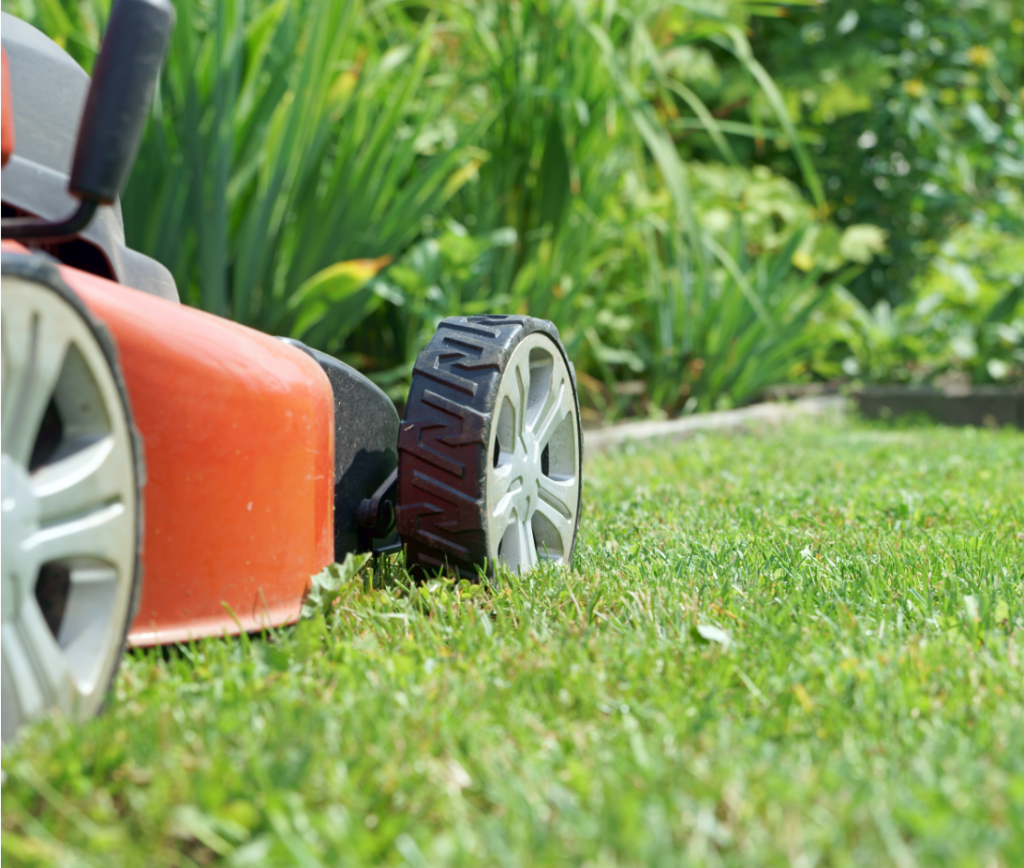How to Get Rid of African Lovegrass in Your Lawn
African Lovegrass (Eragrostis curvula) is a tufted, grassy weed that’s most prevalent in Australian pastures and grazing land, but it can impact home lawns too. Originally ...

 You’ve booked your turf delivery but the forecast has changed and, instead of a pleasant sunny spring day, it now looks like being a wet one.
You’ve booked your turf delivery but the forecast has changed and, instead of a pleasant sunny spring day, it now looks like being a wet one.
Or you live in a part of Australia where it never seems to stop raining during the monsoon season and you can’t wait for the drier months of winter.
What do you do?
Fortunately, turf can be laid in almost any weather as long as the ground has been properly prepared beforehand.
There are actually some advantages to laying turf in wet weather.
The first rule of laying turf is don’t let it dry out.
If it’s damp or raining on installation day, it will usually be cooler, the cut turf won’t lose moisture as quickly, and you’re also less likely to become dehydrated.
 Compaction can hinder root growth which is an important part of the establishment phase.
Compaction can hinder root growth which is an important part of the establishment phase.
Grass roots need to be able to grow freely through the air spaces in well-structured soil. If this is restricted, the grass will be stunted and fragile making it less resistant to heavy wear, disease, weeds and heat.
Some soil types, usually those containing a higher proportion of fine clay particles, are more prone to compaction than others, such as loamy soils.
Sandy soils are least likely to compact because they are made up of bigger particles and have more air spaces between them.
If your soil is prone to waterlogging, use the preparation phase to add a layer of sand, followed by a quality topsoil to improve drainage.
During wet weather it’s best to avoid working or even walking on bare clay or clay-loam soils to minimise the risk of turning the site into a densely compacted bog.
A rule of thumb is to check that soil doesn’t stick to machinery or boots. If that’s the case, the soil is dry enough and ready to prep.
If it’s been too wet to properly prepare the site, call your turf supplier for advice.
Give them at least 48 hours’ notice if the delivery is to be delayed. Turf is usually cut to order the day before delivery and can’t be cancelled at the last minute.

Just because it has rained, doesn’t mean there’s enough water in the soil to satisfy the new turf.
It will still need to be watered thoroughly from above – up to five times a day in hot weather – using sprinklers, pop ups or a soaker hose during the first few weeks.
Don’t rely on existing soil moisture or underground drip irrigation during the establishment phase because the cut roots won’t be able to reach the moist soil straight away.
Remember that even high rainfall areas can periodically be affected by drought and water restrictions.
If you’re in an area where water restrictions are common over summer, it might be best to check with the local council first to see what the rules are and if there are any exemptions for new turf.
Slips and falls are more likely in the wet, especially if you’re using turf laying boards.
Turf laying boards are strongly recommended during turf installation, particularly in wet conditions. They also can be useful afterwards if you have to walk on grass to move hoses and portable sprinklers.
Using turf laying boards has several benefits:
Deciding which turf to lay depends on lawn size, shade and sun tolerance, resistance to wear and weeds, drought and salt tolerance, maintenance, colour and budget.
The Ultimate Turf Buyers Guide has tips for choosing turf varieties to suit your location.
 Don’t be in a hurry to mow your new lawn, even if it starts to look a bit shaggy. It’s important to wait until the roots are firmly established, which can take up to four weeks.
Don’t be in a hurry to mow your new lawn, even if it starts to look a bit shaggy. It’s important to wait until the roots are firmly established, which can take up to four weeks.
If you’re not sure, carefully try to lift up a corner. If it holds fast, your lawn is ready for a light mowing. If it comes up easily, it’s not ready so give it another few weeks and try again.
Use turf laying boards to avoid damaging fragile new turf when moving hoses and portable sprinklers.
And never mow grass when it’s wet. This can spread disease, choke the mower with clumps of clippings, and cause damage from wheel ruts and tearing up the roots
.